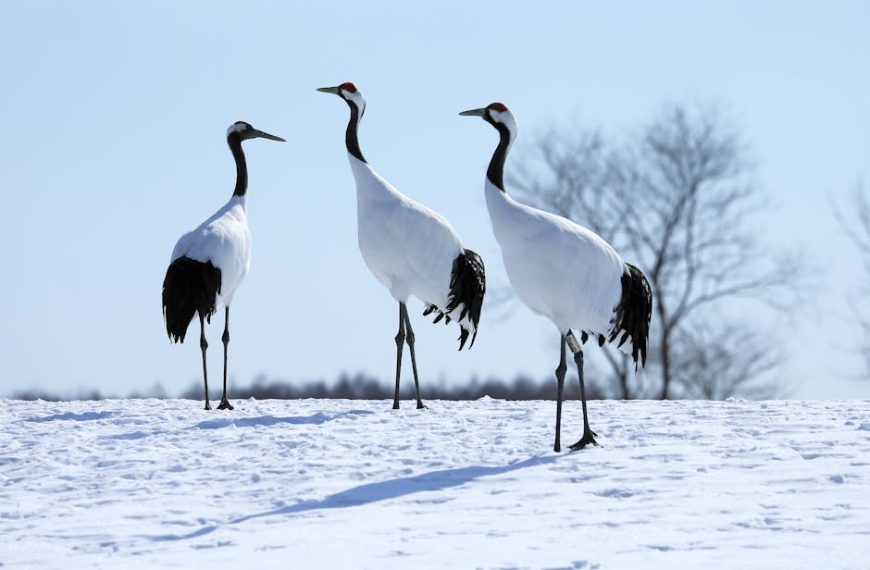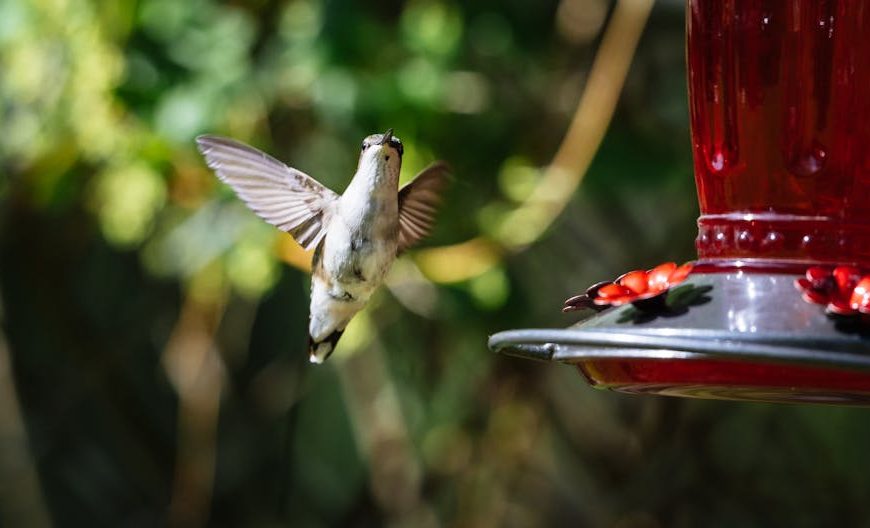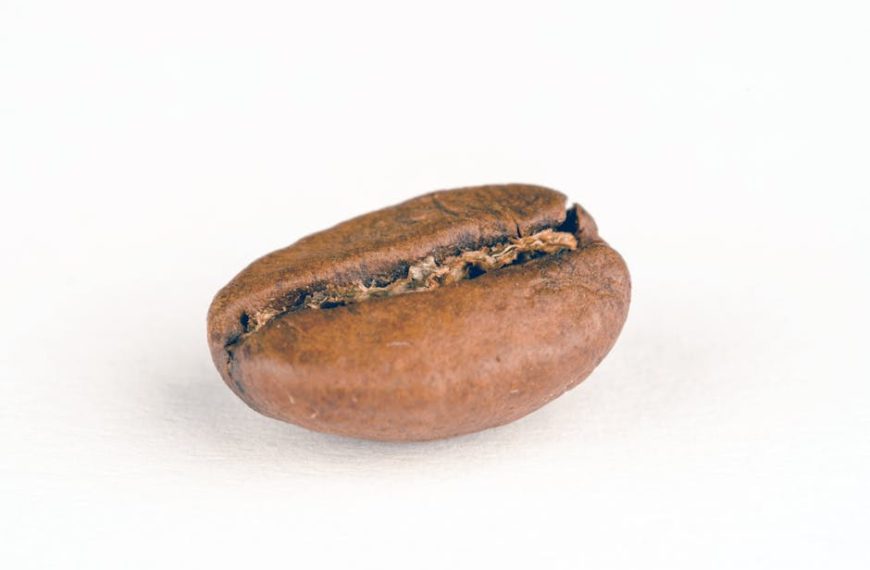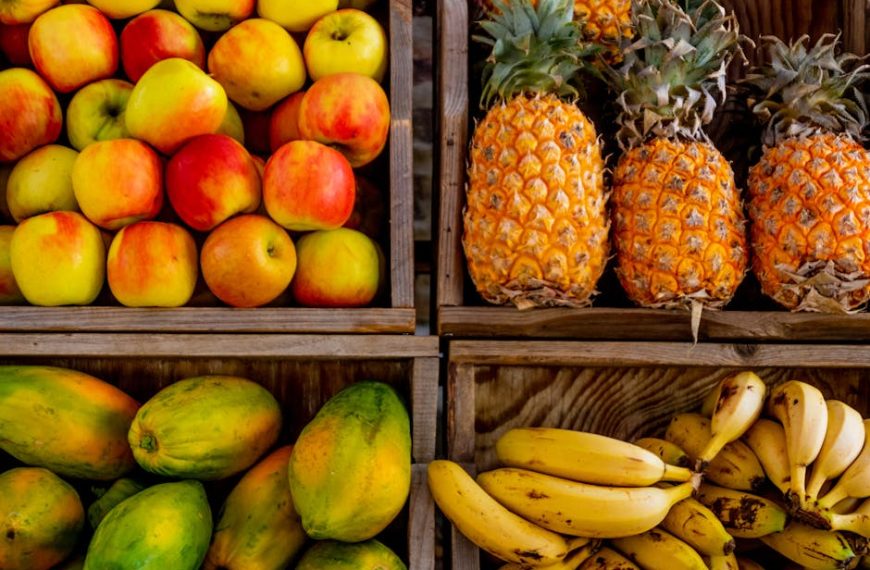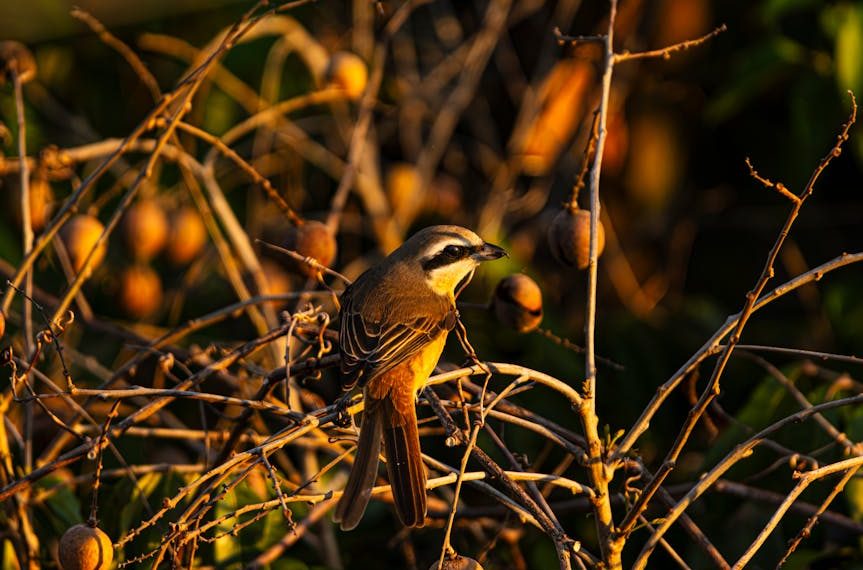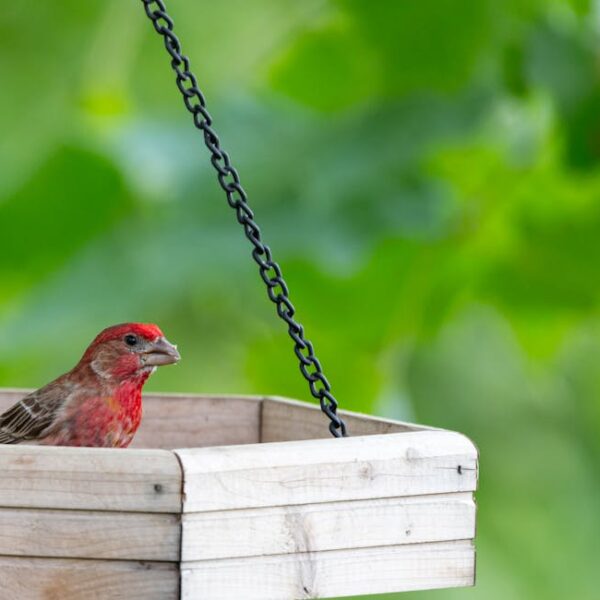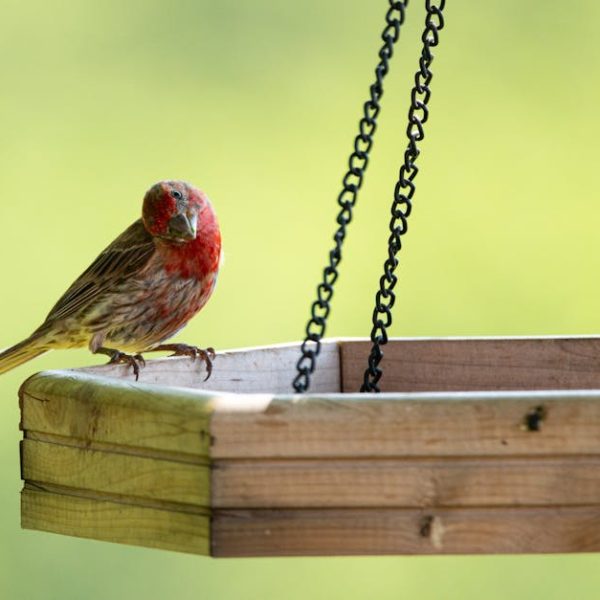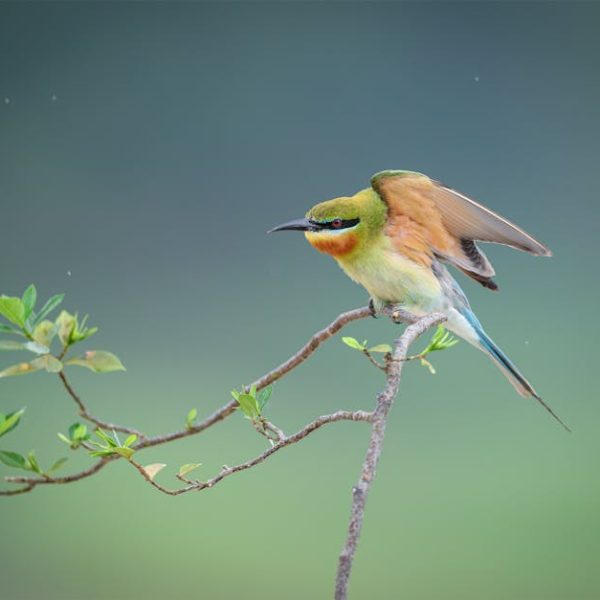Sparrows are a familiar sight in both urban and rural environments across the world, songbirds marked by their distinctive chirp and an appetite that plays a vital role in maintaining the ecological balance. This article unravels the dietary habits of these feathered creatures, touches on their interesting feeding behavior, explores their diet across varying seasons, and aims to raise awareness about the impact human interaction can have on Sparrow nutrition.
Understanding Sparrows and Their Diet
Sprightly and animated, Sparrows belong to the Passeridae family that encompasses over 140 species. Ranging from the widely recognized House Sparrow to the more localized Eurasian Tree Sparrow, this small bird’s diet is as diverse as its species. Although they are perceived as seed-eaters, their dietary preference can vary significantly depending on regional climate, season, and the type of Sparrow itself.
The following is a snapshot of typical food sources for Sparrows:
- Seeds
- Berries
- Insects
- Grains
- Fruit
- Nuts
- Small invertebrates
Best Practice: Feeding Sparrows in your garden
If you’re interested in attracting Sparrows to your garden, remember these dos and don’ts:
- DO provide a mix of seeds, grains, and fruits in a clean bird feeder.
- DON’T offer food if sickness is evident in your local bird population.
- DO ensure water sources are clean and unfrozen in winter.
- DON’T use pesticides or chemicals that could harm the Sparrows or their food sources.
Natural Diet of Sparrows in the Wild
In the wild, Sparrows primarily consume seeds, berries, small insects, and grains. This omnivorous diet serves a dual purpose: it provides Sparrows with the nutrients they need, and it contributes to the local ecosystem by controlling pests and preventing an overpopulation of insects.
However, there’s a flip side to this behavior. Because Sparrows consume extensively from farm fields and gardens, they can sometimes damage crops and are therefore seen as agricultural pests.
Pro Tip:
If you wish to draw Sparrows to your garden, consider planting sunflowers, daisies, or tall grass species; these plants provide ample seeds which sparrows love.
Feeding Habits of Sparrows
Sparrows are primarily ground feeders and have a keen knack for scavenging and foraging. They hunt for food mainly in the morning and late afternoon, using their strong beaks to search through soil and break open seed shells. Interestingly, Sparrows feed differently to their young – they often provide their chicks with more insects for much-needed protein during early developmental stages.
Checklist: How do Sparrow feeding habits differ from other birds?
- Sparrows typically feed in groups, often forming multi-species feeding flocks in winter.
- They are not picky eaters and will adapt their diet based on availability.
- Sparrow parents feed their young with a higher proportion of insects compared to their mostly seed-based diet.
- They typically feed at ground level, showing a proficiency in scavenging.
- Sparrows are known to store food for later consumption, a behavior known as caching.
Best Practice: Feeding Sparrows without disrupting their natural habits
If you choose to provide food for them, make sure to follow these guidelines:
- Maintain a safe distance and avoid direct hand-feeding.
- Do not overfeed, as it may discourage natural foraging behavior.
- Make sure the food is fresh and devoid of artificial additives.
While we immerse ourselves in understanding sparrows, let’s also delve into knowing how human intervention can either be positive or negative for their diet and overall wellbeing.
Sparrows Diet in Different Seasons
When it comes to seasons, Sparrows diet is never constant. In breeding seasons (spring and summer), Sparrows exhibit a greater demand for protein-rich food and favour a diet of insects. However, when the colder seasons (fall and winter) approach, their diet shifts more towards seeds and grains which offer them the necessary energy needed to keep warm.
Comparison: Sparrows diet through the Season
| Season | Sparrows Diet |
|---|---|
| Spring & Summer (Breeding Season) | Rich in protein; Mostly insects |
| Fall & Winter (Non-Breeding Season) | Rich in fat and carbohydrates; Mostly Seeds and Grains |
Pro-Tip: Seasonal Suggestions for Feeding Sparrows
If you’re keen on feeding your backyard Sparrows, here are some ideas depending on the season:
- Spring & Summer: Try providing mealworms, caterpillars, and a variety of bugs.
- Autumn & Winter: Offer sunflower seeds, millet, and cracked corn to keep them well-fed and insulated.
The Impact of Human Interaction on the Sparrow’s Diet
As much as we might love our feathered friends, we need to recognize that our actions can significantly impact Sparrows’ diet and overall health. Our scraps can be sometimes found in a Sparrow’s diet, especially in urban areas. However, many modern human practices – such as urbanization and use of pesticides – pose potential harm to these small birds.
Human Foods: What’s safe and what’s not for Sparrows
- Safe: Cooked rice, pasta, bread crumbs, to name a few.
- Not Safe: Chocolate, avocado, foods high in salt or sugar.
Best Practice: Guidelines for Feeding Sparrows
If you opt to feed the Sparrows, it’s crucial to do so responsibly:
- Only provide food that’d be a part of their natural diet.
- Avoid foods that are heavily processed or contain harmful substances.
- Do not encourage dependency on human food sources.
- Use feeding as a supplementary measure rather than a primary one.
As we strive to create a hospitable environment for Sparrows, our understanding of their dietary habits can make all the difference. By nurturing their natural habits, we can ensure the healthy survival and sustainability of these delightful birds.
Key Takeaway:
- Sparrows belong to the Passeridae family with over 140 species, all having varying dietary preferences, largely dependent on regional climate, season, and type of species.
- Sparrows are omnivorous in nature feeding on seeds, berries, small insects, and grains. Their diet serves a dual purpose by not only providing necessary nutrients but also contributing to pest control in the ecosystem.
- They possess unique feeding behaviors, such as primarily feeding on the ground, hunting in groups, and storing food for later.
- Human interaction, both positive and negative, significantly impacts Sparrows’ diet and wellbeing. Urbanization, use of pesticides, and irresponsible feeding practices can pose potential harm.
Understanding and respecting the natural diet of Sparrows is crucial for their survival. As they play a vital role in maintaining the ecological balance, our collective efforts in feeding them responsibly, creating safe habitats, and preserving their natural feeding habits can have a positive effect on their health and sustainability.
FAQs
Q: What insects or bugs do Sparrows eat?
A: Sparrows consume a variety of insects, including beetles, aphids, caterpillars, and spiders. They are particularly beneficial as natural pest controllers.
Q: Is it safe to feed Sparrows kitchen scraps?
A: While it’s not dangerous to feed Sparrows kitchen scraps, it’s healthier to stick to their natural diet. However, some safe household foods you can share are cooked rice, pasta, and breadcrumbs.
Q: How do Sparrows feed their young ones?
A: Sparrow parents mostly feed their chicks with insects, which provide the necessary protein for their growth.
Q: What’s the role of Sparrows in the ecosystem?
A: Sparrows play an integral role in controlling pest populations because of their insectivorous diet. They also contribute to seed dispersal, helping in plant cross-pollination.
Q: What’s the impact of pesticides on Sparrows?
A: Pesticides can be detrimental to sparrows. Consuming insects with pesticide contamination can lead to various health issues, including lower fertility rates and higher mortality rates among sparrows.
If you enjoyed learning about the dietary habits of Sparrows, consider sharing this article with your peers! To learn more about the natural world around us, feel free to explore other topics on our website.


